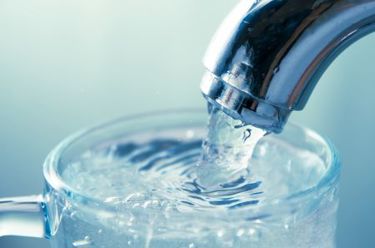PFAS Treatment: Tackling "Forever Chemicals" In Our Environment

PFAS, or per- and polyfluoroalkyl substances, are a group of synthetic chemicals known for their resilience and widespread industrial and consumer applications. Originally introduced in the 1940s, these “forever chemicals” are found in everything from nonstick cookware and stain-resistant fabrics to firefighting foams and electronics. Their persistence in the environment, stemming from their strong carbon-fluorine bonds, has led to growing concerns about contamination in water, soil, and air.
PFAS pose significant risks to both human health and ecosystems. They bioaccumulate in living organisms and have been linked to serious health conditions, including cancer, immune suppression, and reproductive issues. Vulnerable populations, such as pregnant women and communities relying on contaminated water sources, face heightened risks. Additionally, PFAS disrupt wildlife and persist in ecosystems, making them a global environmental challenge.
Efforts to regulate and mitigate PFAS contamination are evolving, with countries like the U.S. and members of the EU implementing stricter guidelines. Advanced detection and treatment technologies, including activated carbon filtration, reverse osmosis, and emerging solutions like electrochemical treatments, offer potential pathways for reducing contamination. However, challenges such as high treatment costs and the difficulty of complete removal remain.
Looking ahead, scientists and policymakers are working toward PFAS-free alternatives and stronger environmental safeguards. While eliminating PFAS is complex, innovation and regulation are paving the way for a safer, more sustainable future.
Get unlimited access to:
Enter your credentials below to log in. Not yet a member of Water Online? Subscribe today.
